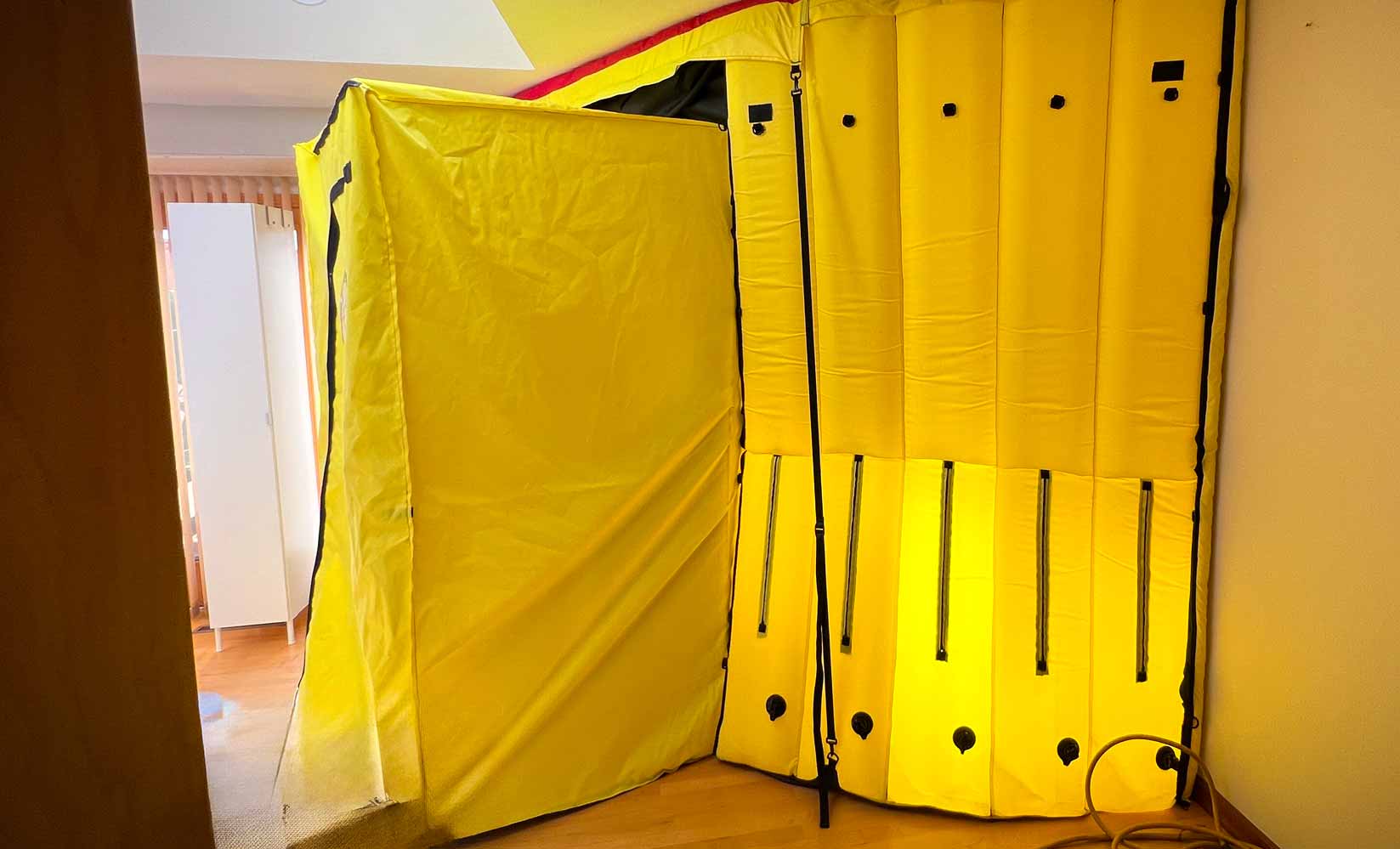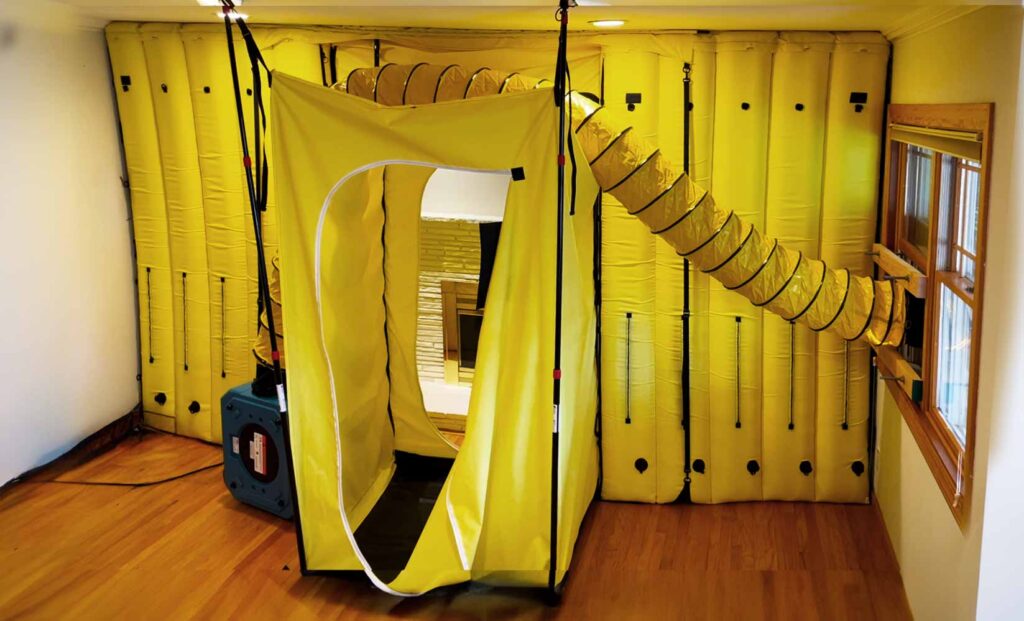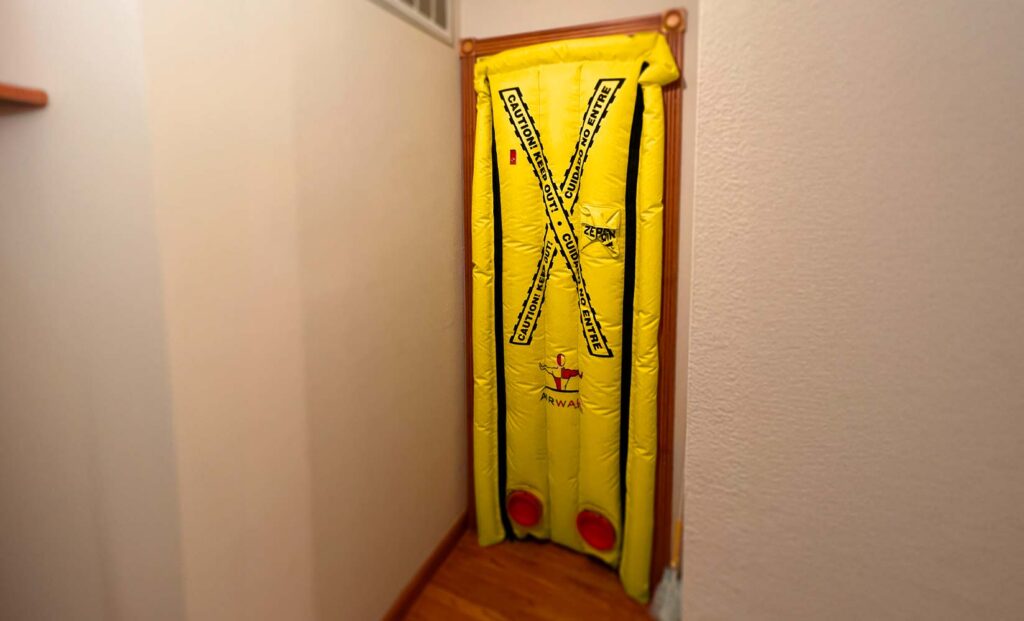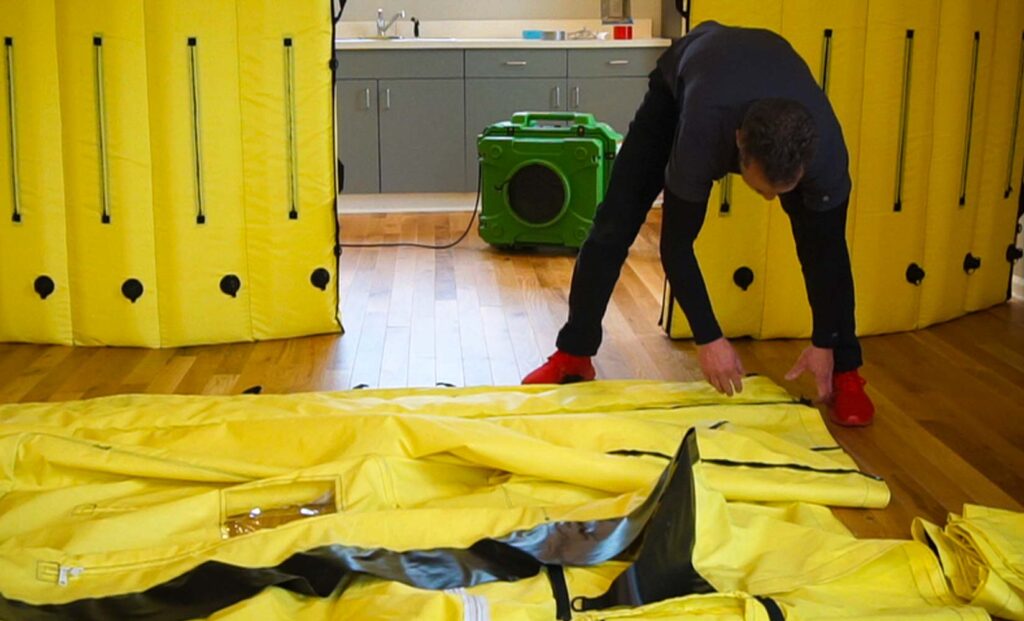Isolation rooms are often used to contain infections and prevent the spread of disease. They are found in hospital wards and clinics. Isolation rooms provide protection from airborne germs and keep patients safe from disease-carrying bacteria.
In this article, we’ll explain what an airborne infection isolation room is and how it’s used by health professionals to protect their patients and other people who may be at risk of developing an infection. We’ll also discuss why these rooms aren’t just for people with infectious diseases—they’re often used in everyday medical situations as well!
What is AIIR?
The AIIR is a room that is used to isolate patients with airborne infections. These can help protect healthcare professionals, patients, and visitors from getting sick while visiting the healthcare facility.
Why Is It Needed?
Airborne infections are transmitted through droplets and misty particles that are released when people cough or sneeze. Having a system that can prevent the spread of these droplets can be crucial in hospitals and clinics. AIIR is needed to protect staff and patients from healthcare-associated infections as it provides a barrier to help prevent the spread of airborne pathogens. It also helps prevent respiratory pathogens from spreading to other patients and staff in the hospital, as well as anyone visiting or working in that area of the hospital or clinic.
How does an AIIR work?
Airwall AIIRs are designed to fit any standard doorway in a healthcare facility and used as either temporary or permanent structures. They are easy to install, remove, and store. The design of the AIIR includes an air handling system with HEPA filters, negative pressurization that suctions air from inside of the room, negative pressure seal around doors and windows, and positive pressure airflow through HEPA filters throughout clinical spaces within the building (e.g., waiting area). All these features help prevent the spread of infectious diseases between different areas within healthcare facilities.
How Airwall systems can help
Airwalls are made from durable materials that can withstand daily wear and tear while containing any airborne contaminants inside the unit’s airtight interior. This means as soon as air enters through one side of Airwall’s AIIR, it is blocked by a protective layer on both sides until it reaches you where you need it most.
The effectiveness of this type of technology has been proven over time through multiple scientific studies conducted by leading universities around the world. The results of these studies showed its ability to protect against respiratory diseases such as TB (tuberculosis), influenza A/H1N1 virus, and other emerging infectious diseases like Ebola virus disease (EVD) and Corona Virus (COVID).
Airwalls come with a variety of features
Airwalls come with a variety of features that allow for easy installation, removal, and storage. Airwalls are easily installed in minutes and easy to remove when no longer needed. The Airwall systems are also environmentally friendly, as they can be used repeatedly after going through proper disinfection. They are also used as temporary or permanent structures depending on the needs of your hospital or healthcare facility.
An AIIR (airborne infection isolation room) helps protect staff, patients, and visitors in facilities where airborne pathogens exist. Airwall AIIRs are the ideal solution when to prevent the spread of respiratory pathogens. What makes Airwall’s AIIRs so beneficial is the ease of installation, removal, and storage. The systems can also be reused several times over, which lowers costs and is a more environmentally friendly alternative. If you are interested in investing in AIIR, don’t hesitate and reach out to our Airwall team today!





